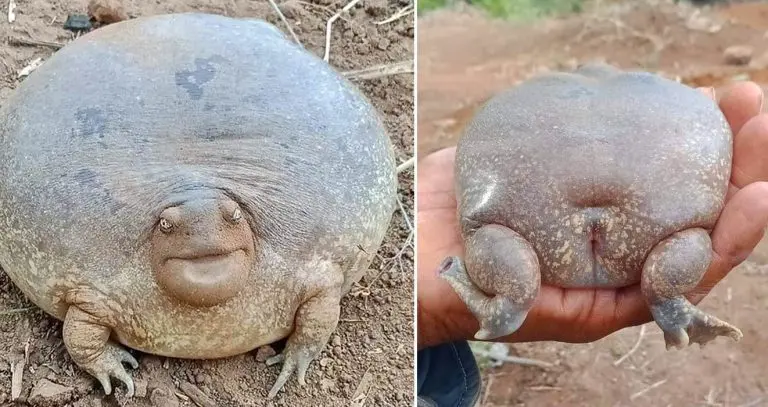There’s no doubt that adorable cats and dogs rule the internet. However, once in a while, we also find ourselves inevitably drawn into the inexplicable charm of rare and unknown animals. From albino Indian flapshell turtles to golden possums, discoveries of unfamiliar creatures are always a cause for celebration and discussion. So, when photos of a blunt-headed burrowing frog had surfaced online, they instantly went viral and piqued the interest of the online community.
Earlier this year, Twitter user @koshin0919 shared some photos of a peculiar-looking creature that was spotted in Cambodia. The tweet generated buzz in an instant, garnering over 23.5K retweets and 130.1K likes to date. In addition, it prompted a discussion online, with many users expressing their thoughts on the classification of the unknown organism. Some suggested that it’s a turtle with no shell. Meanwhile, others pointed out its close resemblance to Jabba the Hutt from Star Wars.
???????????????????????????? pic.twitter.com/8H0Kvx3iet
— ??????? | ????????????? (@koshin0919) January 7, 2021
This blunt-headed burrowing frog has piqued the curiosity of the online community with its unusual shape and size
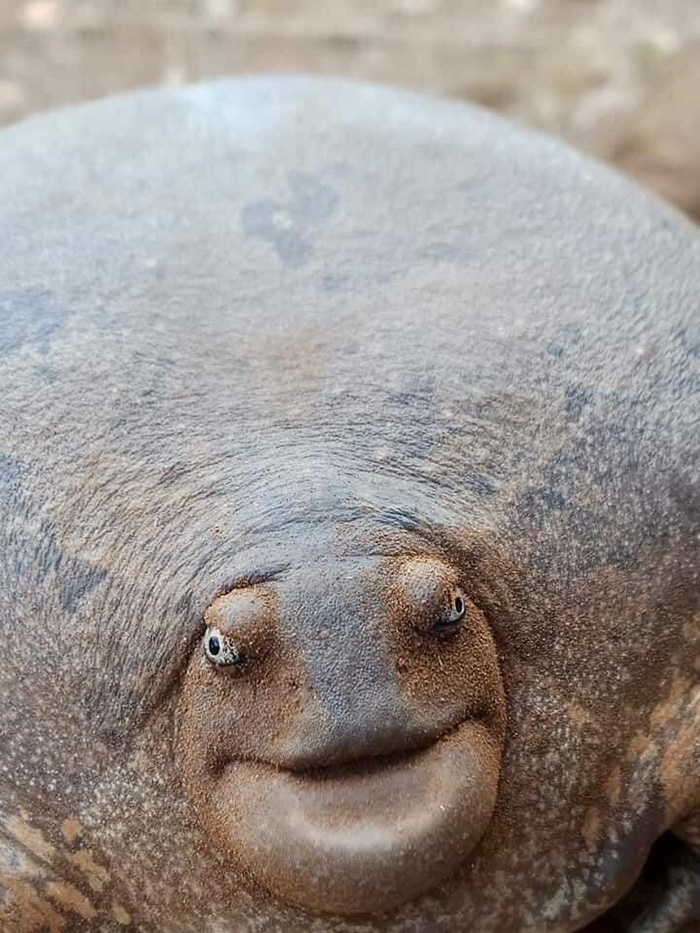
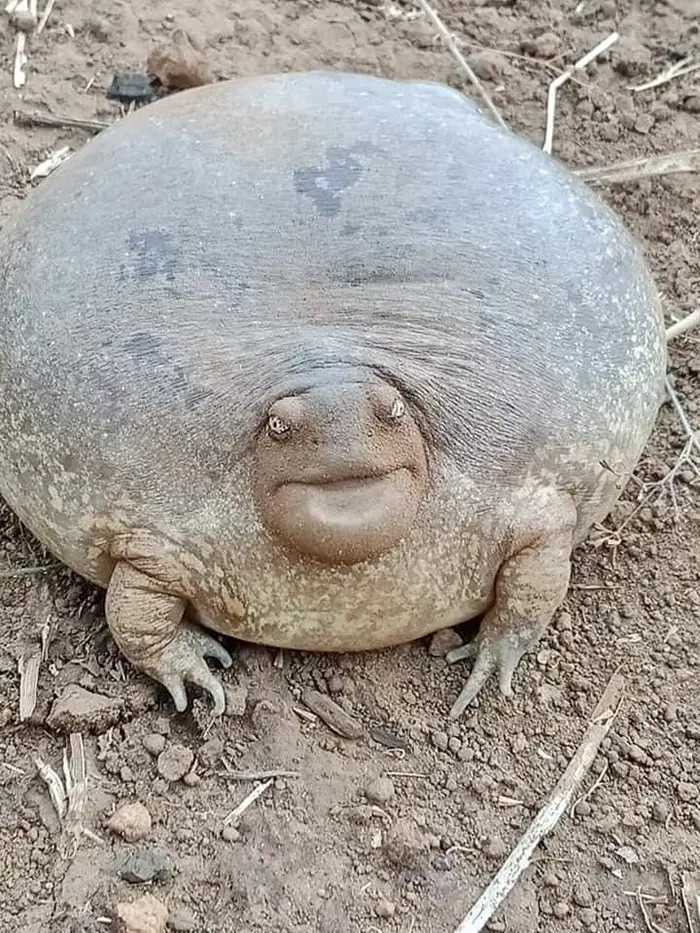
Luckily, Twitter user Jodi Rowley, a conservation biologist who claims to have an obsession with frogs, came forward and shed some light on the matter. According to Rowley, the mysterious amphibian is a species of frog known as Glyphoglossus molossus. Aside from “blunt-headed burrowing frog,” people also commonly referred to it as “balloon frog.”
This #frog is doing the rounds on social media. It’s a Blunt-headed Burrowing Frog (Glyphoglossus molossus). Native to drier parts of mainland SE Asia, this species spends most of its life underground, waiting for rain- they’ve a great shape for burrowing & conserving water. https://t.co/oic1ymL5MX
— Jodi Rowley (@jodirowley) January 7, 2021
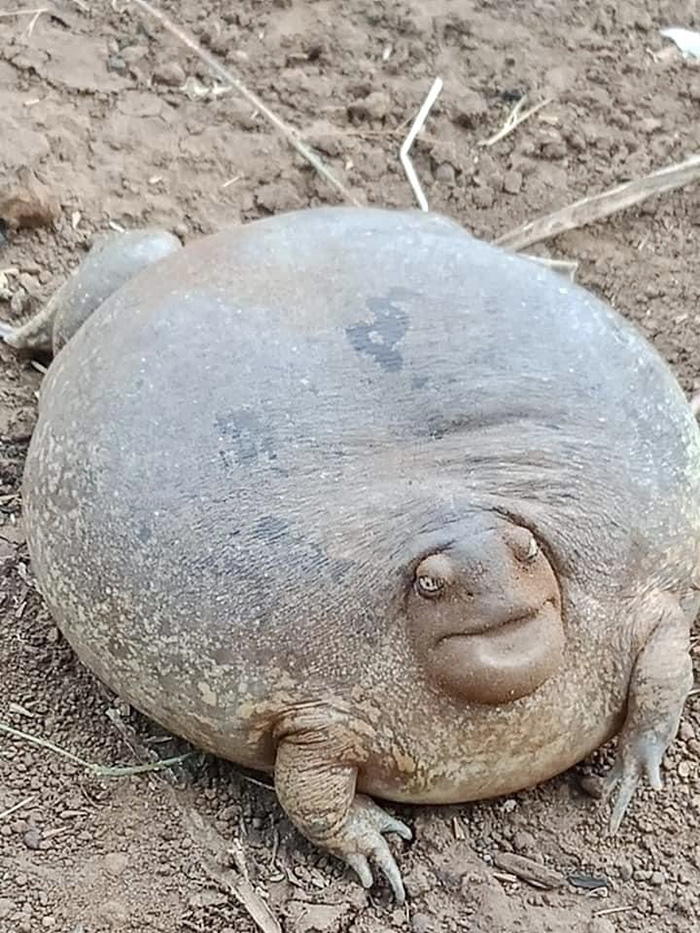
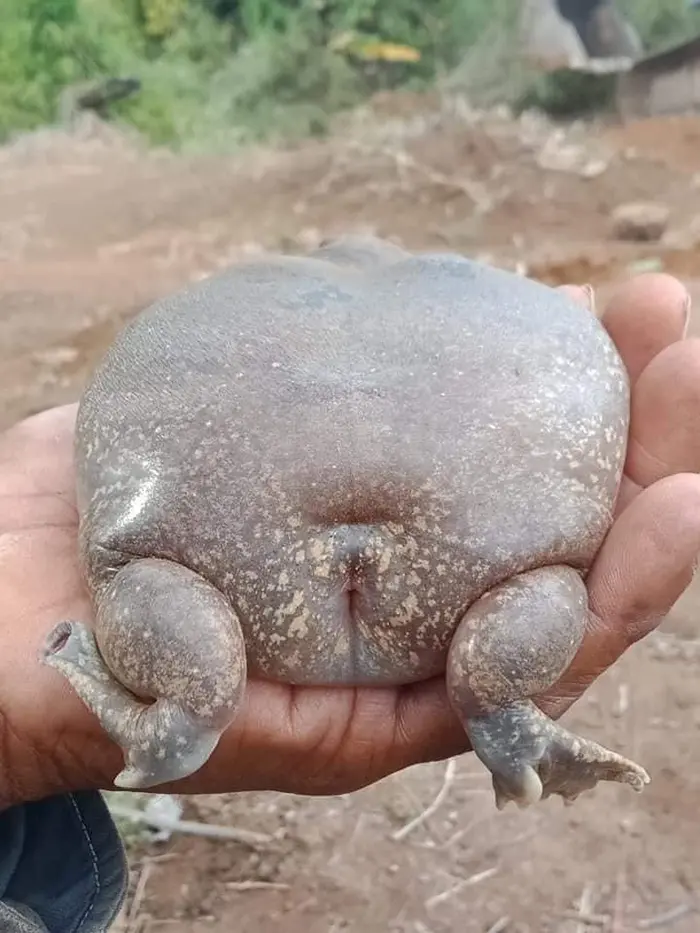
As the name suggests, this species spends most of its life living under the ground. But as soon as the rainy season comes, it emerges in large numbers to breed “explosively” in temporary bodies of water. While it’s typically round in form, it puffs up even more as a form of self-defense.
Surprisingly, despite its exotic appearance, it’s a relatively popular cuisine in Thailand. Unfortunately, this has been the main cause for its over-exploitation. In fact, the International Union for Conservation of Nature (IUCN) has already categorized it as a “Near Threatened” species. So, in line with this, the IUCN has strongly recommended against the collection of frogs at breeding sites to ensure the conversation of this species.
Source: koshin0919

